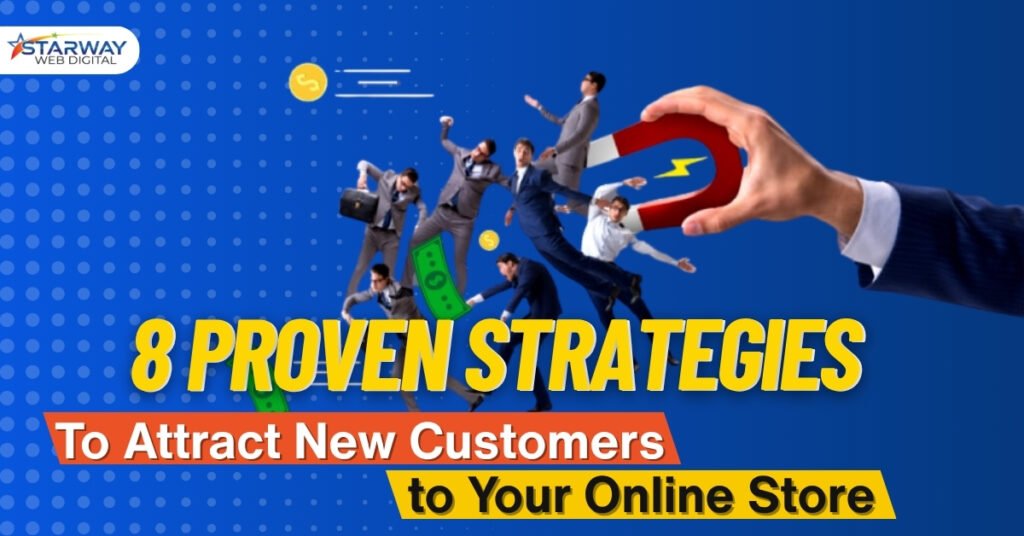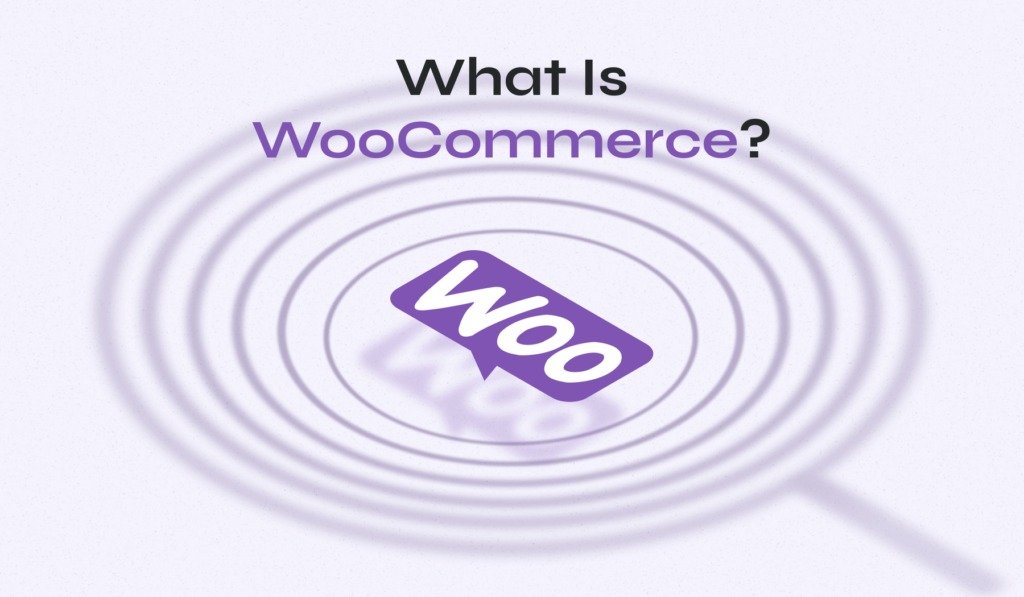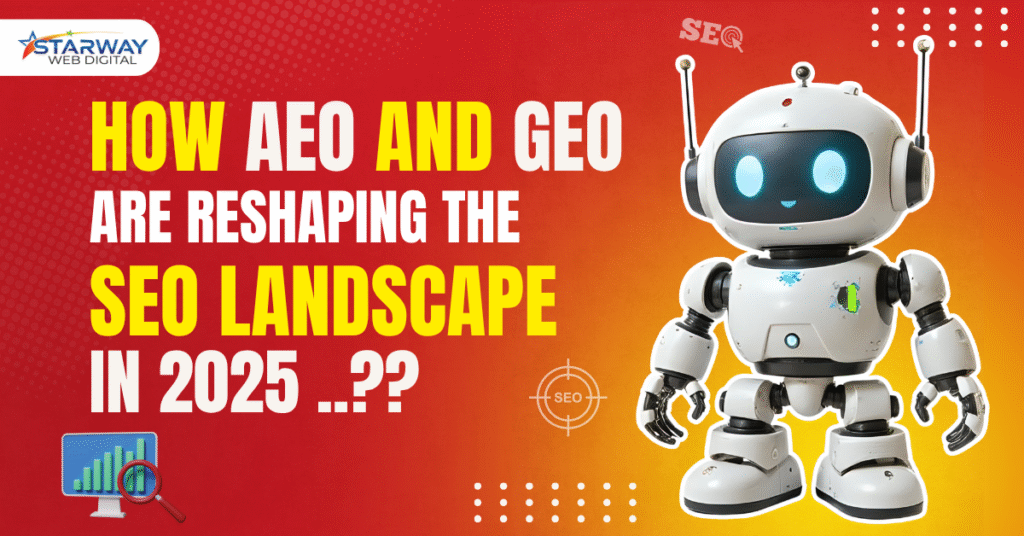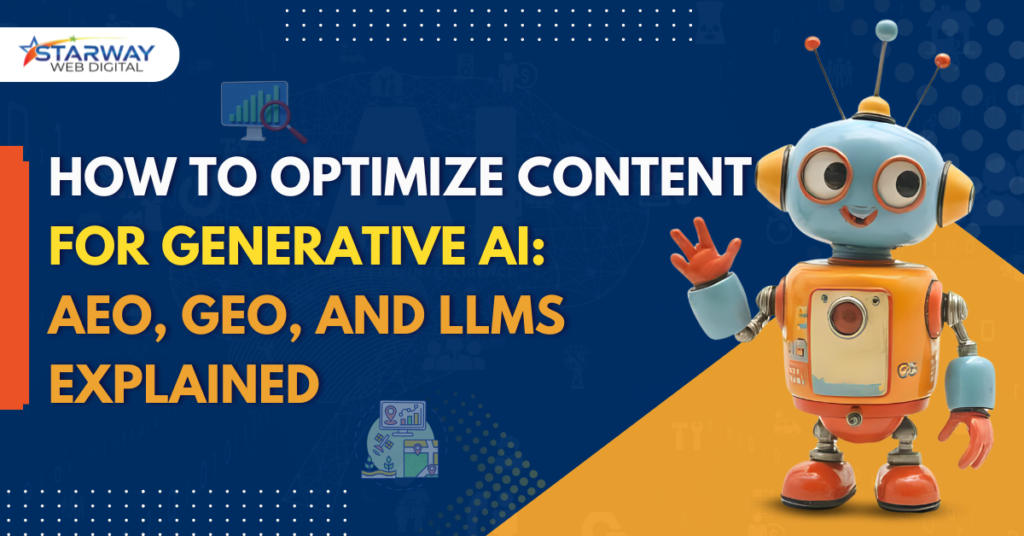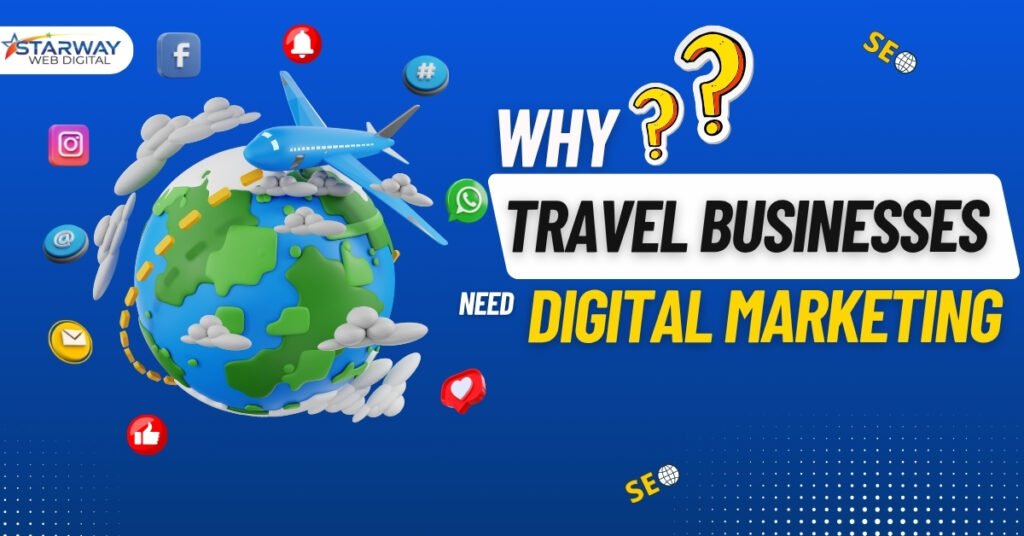8 Proven Strategies to Attract New Customers to Your Online Store
In the bustling digital marketplace, simply launching an online store isn’t enough to guarantee success. With e-commerce sales projected to reach new heights, the competition is fiercer than ever. The critical question for every entrepreneur is no longer just “How do I build a store?” but “How do I attract new customers to my online store?” Driving targeted, high-quality traffic—visitors who are genuinely interested in your products—is the lifeblood of any successful e-commerce venture. Attracting new customers is the process of bringing new visitors to your online store and turning them into paying clients, ultimately expanding your customer base and boosting revenue. This requires a multi-faceted approach that combines visibility, engagement, and trust-building. Below are eight proven strategies that will help you cut through the noise, capture the attention of your target audience, and convert browsers into loyal customers. 1. Master Search Engine Optimization (SEO) Search Engine Optimization (SEO) is the cornerstone of long-term customer acquisition. When potential customers search for products you sell, you want your store to appear at the top of the search results. A robust SEO strategy ensures a steady stream of organic traffic. 2. Create High-Quality Content Content marketing is a powerful strategy to attract, engage, and educate your target audience without a direct sales pitch. By providing valuable information, you establish your brand as an industry authority, building trust and a loyal following. Create blog posts, how-to guides, videos, or infographics that address your customers’ pain points and interests related to your products. For example, a store selling running shoes could create content about choosing the right shoe for different foot types, training plans for a 5k, or nutrition tips for runners. This positions your brand as a helpful resource, not just a retailer. This content can also be optimized for search engines, further boosting your organic traffic and attracting customers who are in the research phase of their buying journey. 3. Leverage Social Media and Influencer Marketing A strong social media presence is non-negotiable in today’s market. Platforms like Instagram, Facebook, and Pinterest are powerful channels for showcasing products, engaging with a community, and driving traffic to your store. 4. Run Targeted Paid Advertising Campaigns While SEO builds long-term organic growth, paid advertising delivers immediate and targeted traffic. Digital advertising allows you to have a virtual storefront that is open 24/7 and accessible to a global audience. 5. Implement Referral and Loyalty Programs Your existing customers can be your most effective salespeople. Rewarding them for their loyalty and for spreading the word is a cost-effective customer acquisition strategy. 6. Drive Urgency with Promotions and Giveaways Special offers, promotions, and time-sensitive deals are highly effective tactics for converting hesitant shoppers and attracting new ones who are looking for a great deal. 7. Personalize the Customer Experience In a crowded e-commerce landscape, personalization can set your brand apart. Using customer data to tailor the shopping experience shows visitors you understand their needs and preferences. Leverage the data you collect on browsing behavior and purchase history to provide personalized product recommendations, such as a “You might also like” section on product pages or in follow-up emails. You can also personalize marketing messages and offers based on a visitor’s location or how they’ve interacted with your site in the past. This level of personalization makes customers feel valued and can dramatically improve conversions. 8. Build and Nurture an Email List Email marketing remains one of the most effective digital marketing channels. Building an email list allows you to establish a direct line of communication with potential and existing customers, nurturing them towards a purchase. Offer a small discount or exclusive content in exchange for a visitor’s email address. Once they’ve subscribed, you can use automated email sequences to welcome them, share valuable content, and notify them of new products and promotions. An email list is a valuable asset that allows you to re-engage visitors who left your site without making a purchase and build lasting customer relationships. Ready to Supercharge Your Online Store’s Growth? Implementing these strategies can be overwhelming, but you don’t have to do it alone. At Starway Web Digital, we specialize in crafting data-driven digital marketing solutions that attract high-quality customers to your e-commerce store. From expert SEO and targeted PPC campaigns to compelling content marketing, our team is dedicated to helping you navigate the digital landscape and achieve sustainable growth. Let us help you turn these strategies into results. Contact Starway Web Digital today, and let’s build your success story together.
8 Proven Strategies to Attract New Customers to Your Online Store Read More »

